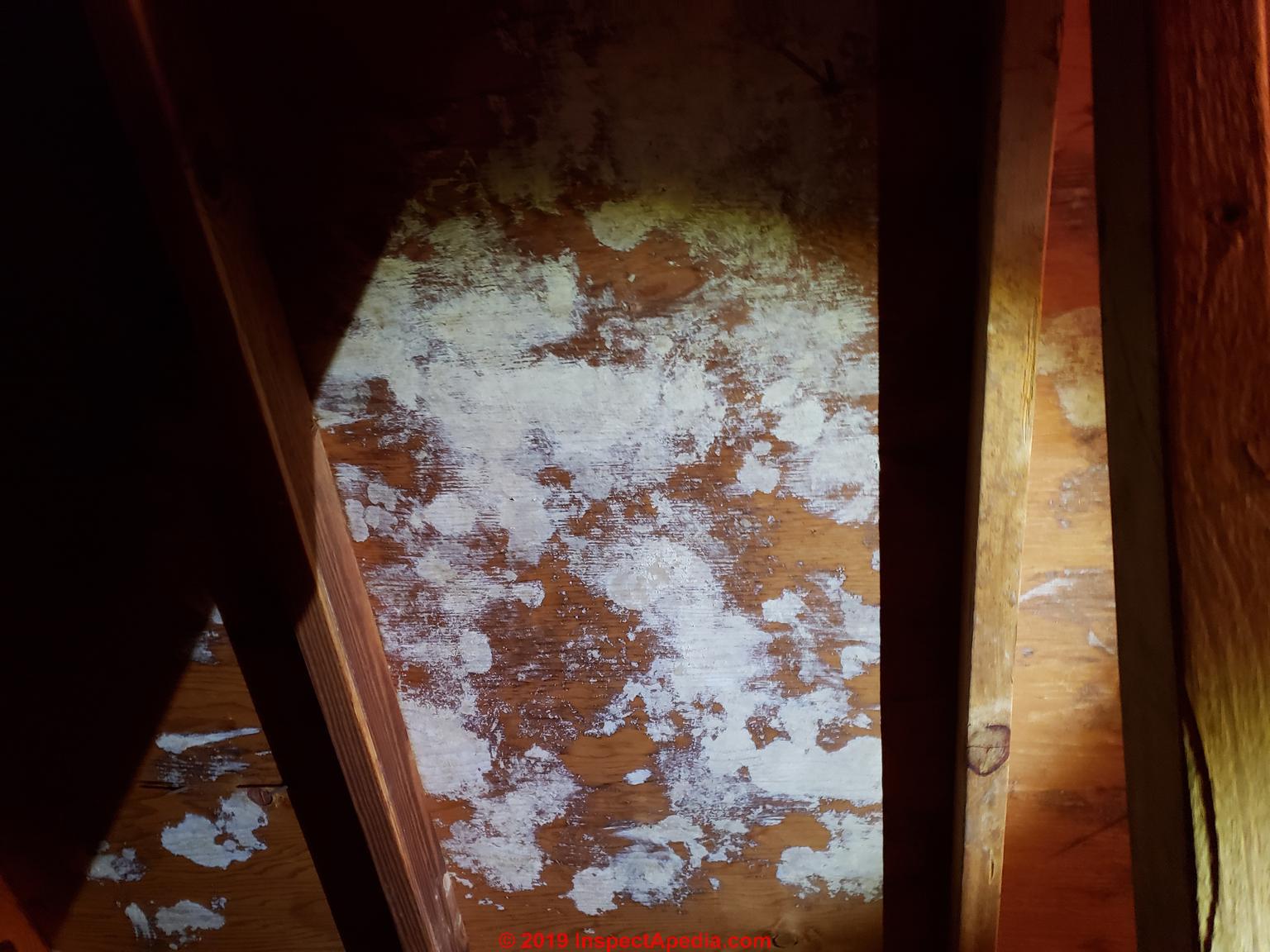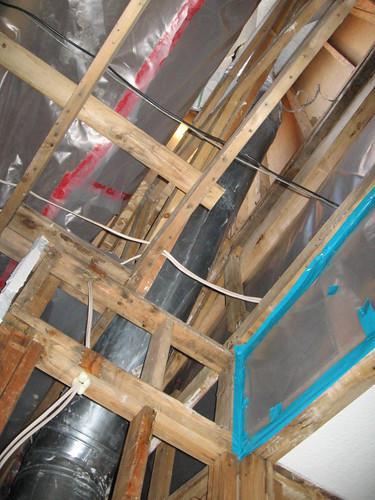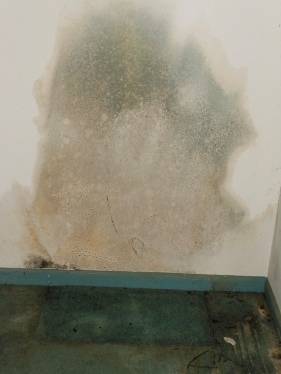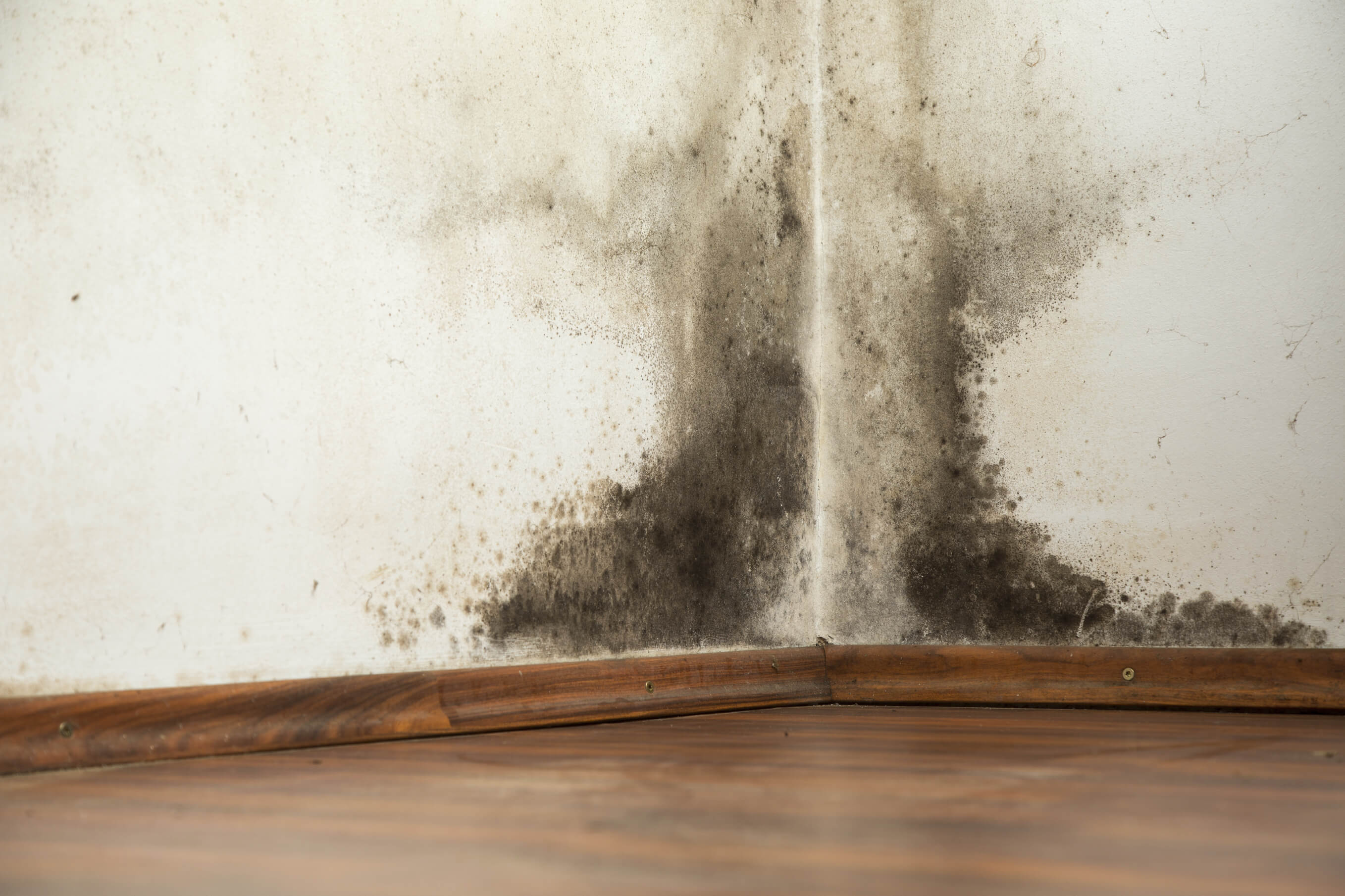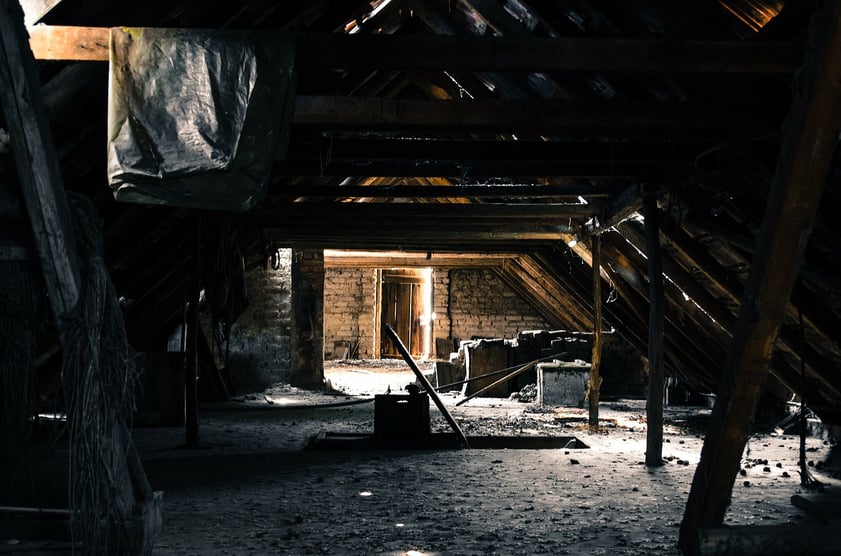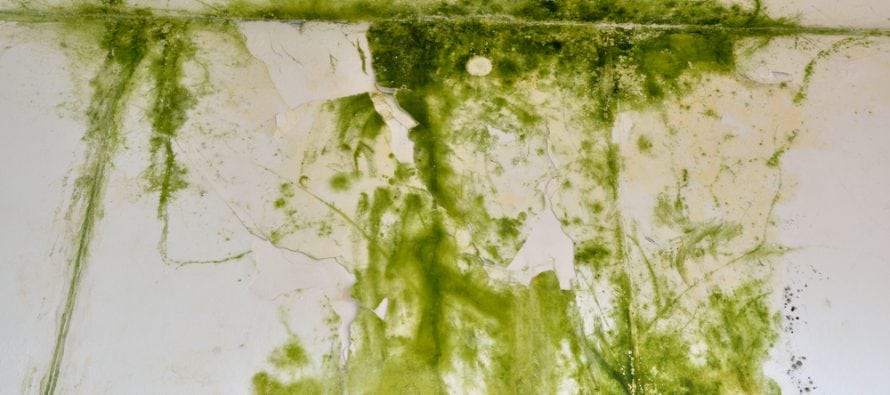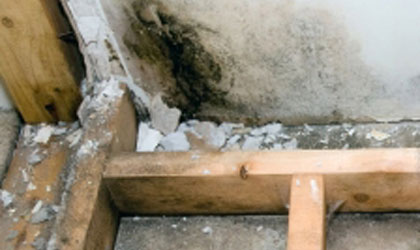Attics usually have a passive ventilation system in which outside air comes in through the soffit eave vents at the bottom warms up in the attic and escapes through the can or ridge vents at the top because hot air rises.
Green powdery mold in attic.
Finding green mold in your home is a serious problem because this mold can cause all kinds of health issues if left untreated.
Aspergillus this mold can appear green yellow brown grey or even white and is often found growing on and inside walls.
Wooden floors ceiling beams and walls can host green mold colonies.
Green mold is most often is aspergillus cladosporium or penicillium types of.
Cladosporium sometimes green other times brown or gray this mold can grow in cool climates as well as warm places and is often found growing on walls cabinets and carpets that have gotten wet.
We all use our attics to throw things we don t want to deal with or only use once a year.
White mold can be found anywhere conditions conducive to mold growth are present.
You may have seen green mold on fruits bread and many other foods.
However attic condensation is evidence of wet or very humid attic conditions.
The mold itself may have a cottony texture but can also be velvety.
A trained mold inspector can readily determine if the growth structure is from white mold or efflorescence.
The dark confined spaces of kitchen cabinetry supply ample nutrients for green mold to flourish on even food like bread.
Common areas of white mold growth include attic sheathing and crawlspace framing.
With attics being rarely accessed it makes it a prime location for green mold or any other form of mold to grow.
Green mold also commonly grows alongside molds of varying types like black or pink mold.
New york mold inspection mold lab testing by dedicated experts toxic mold investigation service testing fortoxic mold hidden mold damage identification of toxic mold allergenic mold cosmetic mold.
Mold usually causes a musty odor and may cause staining that may be black brown gray white yellow or green.
Green mold is an umbrella term that refers to different species of fungi that grow in shades of green.
Therefore i d take a close look at the roof sheathing and framing in.
It appears as soft and fuzzy or powdery and can have different hues of green.
Wood is a primary target for mold.
When looking for attic mold trace both leak areas and areas of poor ventilation in the attic.
In the attic photograph at left we show a mix of green gray and white attic mold.
Green mold in attic storage is a nightmare for any homeowner.



